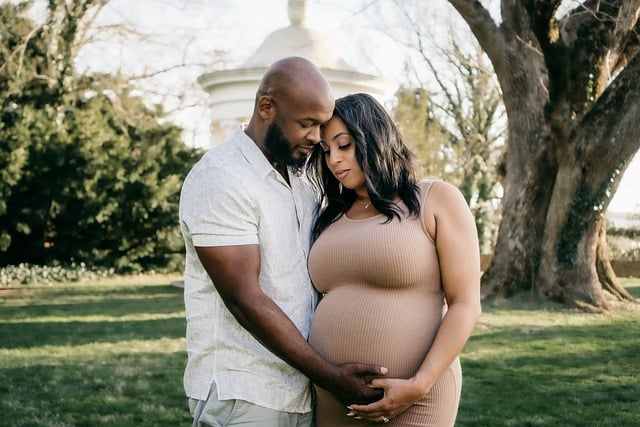Egg freezing is a way to pause your fertility, giving you the flexibility to decide when you want to start a family. It’s a personal decision that requires careful consideration. Many people opt for egg freezing for various reasons. Here’s a breakdown of the process, as shared by Dr. Lisa Carter, a reproductive specialist.
Step 1: Birth Control (2-3 weeks)
To kick things off, you’ll take birth control pills. These help regulate follicle growth, allowing the stimulation phase to be more synchronized and flexible. It’s all about timing; once you choose a week for egg retrieval, the medical team can create a timeline for when to start.
Step 2: Starting the Egg Freezing Cycle (10-12 days, 6-9 monitoring appointments)
Once your menstrual cycle begins (or after stopping the birth control), you’ll start daily hormone injections. These hormones, FSH and LH, are designed to stimulate the growth of multiple eggs rather than just one. Regular check-ins with your healthcare team, including blood tests and ultrasounds, will ensure everything is progressing well. Appointments can be brief—around 10 to 15 minutes—and are designed to fit into your day, so you won’t miss too much work. Some mild discomfort or bloating might occur, but the hormones used are natural, so side effects are usually minimal.
Step 3: The Trigger Injection
When it’s time for the eggs to mature, you’ll receive a trigger injection. This is your cue that it’s almost time for retrieval, prepping your body for the next step.
Step 4: Egg Retrieval
About two days after the trigger, you’ll head to the clinic for the egg retrieval, which is performed under IV sedation. This means you’ll be comfortable and pain-free during the quick procedure, but you’ll need someone to drive you home afterward since you’ll be groggy.
Step 5: Freezing the Eggs
Once the eggs are retrieved, embryologists will assess which ones are mature enough to freeze. Using a rapid cooling method called vitrification, the viable eggs are preserved in liquid nitrogen for long-term storage. You’ll hear back the next day about how many eggs were successfully frozen. Typically, it takes about 7 to 14 days after retrieval for your cycle to return.
On average, women may complete two egg freezing cycles to get the recommended number of eggs. For those under 37 with good ovarian reserve, aiming for 15 to 20 mature eggs is ideal. For women over 37 or those with lower ovarian function, freezing 25 to 30 eggs is suggested to increase the chances of future conception.
If you want to learn more about egg freezing, you can check out other resources, like this excellent guide on artificial insemination, which covers various aspects of fertility. Also, consider reading about top pumping bras for busy moms to support your journey!
In summary, egg freezing is a method that allows individuals to take control of their fertility by preserving eggs for future use. The process involves careful planning, hormone treatments, and medical procedures to ensure the best outcomes.

